
An Innovative History of Fusion Splicers Boldly Meeting Challenges
Revolutionary models developed with a vision for the next generation
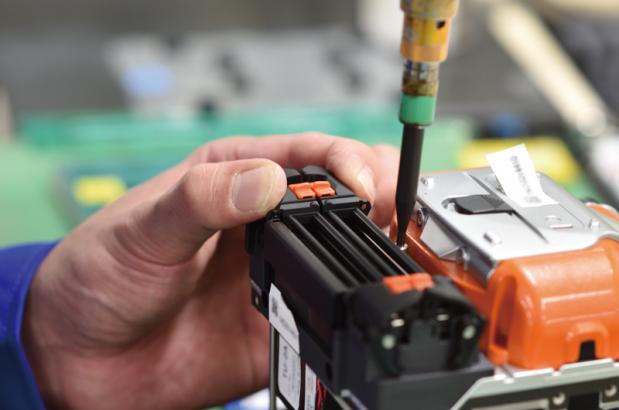

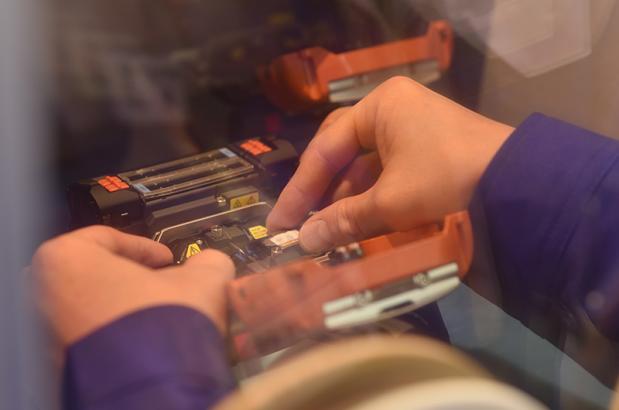
Dual heater substantially improved work efficiency
In response to societal demand for high-volume data transmissions, today it is required to make multi-core optical fiber connections more efficient. A core is an optical fiber element of usually about 0.25 mm in outside diameter, which is a plastic-coated glass fiber. A multi-core optical cable is a bundle of hundreds to thousands of cores. Fusion-splicing methods used to achieve batch splicing of a multi-core cable include the stationary V-groove alignment method, which uses high-precision V-grooves to align optical fibers, and the surface tension-based core alignment effect that takes place when melting optical fibers. Fusion splicing is carried out using the following steps. First, a fiber protection sleeve is used to protect a fiber to be exposed at the splicing point. Next, the cladding is removed to expose the glass portion of the optical fiber. This is followed by fiber cleaning, after which the fiber is cut. The cutting affects the loss characteristics resulting from fusion splicing. The quality of the cut surfaces is critically important. Subsequently, the optical fiber ends are fusion-spliced by an electric discharge. The fusion splice is covered with the fiber protection sleeve and the core is reinforced on a heater.
Regarding this sequence of fusion splicing steps, the Sumitomo Electric Group took note of the length of time required for reinforcing the fusion splice in the final process. In 2000, fusion splicers required about 10 s for fusion splicing. In contrast, the time required for reinforcement by heating was about 50 s, causing a delay in the operation. Expectations were high for reduced reinforcement time with the aim of shortening the optical cable installation period. For a breakthrough in the situation, a faster heater was developed to reduce the reinforcement time to 35 s. Furthermore, the world’s first dual heater with both heating and reinforcement features was incorporated to substantially improve work efficiency.
Development based on the Forgiving Splicer concept
In 2011, TYPE-71C was launched, which was the base model of the current flagship product TYPE-72C+. TYPE-71C was a product that became a major turning point in the history of the Sumitomo Electric Group’s fusion splicers. The project launched at the time to beat the competition was an ambitious one, forecasting, several years ahead, the next models that would be released by competitors, so as to develop superior products. The development was based on the Forgiving Splicer concept. The intention behind it was to develop a fusion splicer that would minimize dependence on the work environment or on the operator and make fusion splicing simple. Hiroshi Takayanagi, Department Manager of the Mechatronics Department, Sumitomo Electric Optifrontier Co., Ltd. was among the members who worked on the development of TYPE-71C together with the aforementioned Honma.
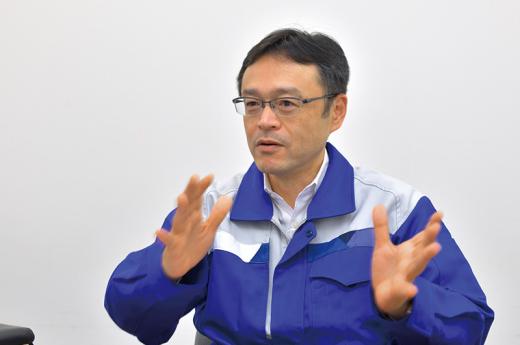
“There was a mountain of development challenges. In addition to the sophistication of basic performance elements, such as stabilizing splice quality against abnormal ends of optical fibers, a self-determination function for diverse fusion conditions of optical fibers, improving the accuracy of estimated splicing loss, fastest-possible splicing and fastest-possible reinforcement, the tasks included further downsizing and weight reduction, enhancing dripproof and dustproof performance for adaptation to environments around the world, boosting user-friendliness such as through the industry’s first incorporation of a touch panel, and fusion splicer diagnosis via the Internet. All were new challenges. The point was how it would be possible for users to make the best use of the fusion splicer. While fusion performance could not be differentiated to a great extent, we focused meticulous attention on basic performance and on the user interface to deliver TYPE-71C,” says Takayanagi.
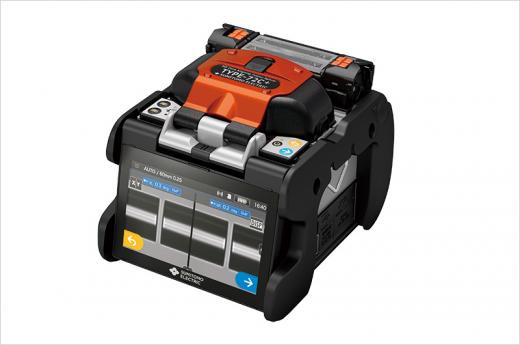
TYPE-71C had a revolutionary impact on the world of fusion splicers. For example, self-determination of fusion conditions began when, in the late 2000s, optical fibers with enhanced bending properties for indoor fiber installation proliferated and the need arose for fusion splicers to adapt to such fibers. It became necessary to meet different fusion splicing conditions from those of SMFs. As such, the operator needed to change splicing conditions with each type of optical fiber to be spliced. The wrong setting resulted in qualitative defects such as increased splice losses. To solve this problem, Honma, Takayanagi and other members pursued the creation of a high-powered, high-resolution observation system and developed the capability of automatically determining optical fiber cores by processing captured optical fiber images. This function enabled the operator to achieve high-quality fusion splicing without the need to check the optical fiber type. Moreover, in 2013, the Sumitomo Electric Group developed a compact fusion splicer that featured the world’s smallest and lightest body. In addition, a fusion splicer incorporating a touch panel for improved ease of operation was commercialized.
Fusion splicer diagnosis via the Internet is also the industry’s first milestone capability. This is a fusion splice management system comprising IoT-enabled fusion splicers. Named SumiCloud®, the system was embedded in the small and light fusion splicer TYPE-71C+ and was launched in 2015. SumiCloud® equipped with wireless LAN capability and connected to a cloud server stores and manages data such as images and other fusion splice information and location information. It substantially lightens the workload for on-site operators. At the same time, it enables the manager to oversee installation work and fusion splicer conditions remotely in real time. These achievements realized in TYPE-71C+ are also incorporated in the current flagship product TYPE-72C+.
Technical traditions at the base of advanced technologies
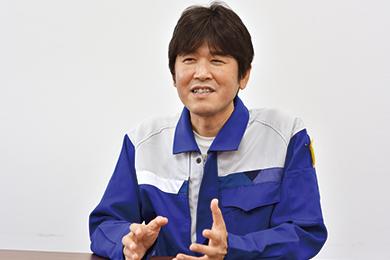
Masahiro Toriumi of the Mechatronics Department of Sumitomo Electric Optifrontier Co., Ltd. is a current member in charge of producing TYPE-72C+. Toriumi is enthusiastic about the technology used to see the ends of optical fibers with high resolution.
“Our mission is to ensure optical fiber splices with stable quality. To that end, a technology that enables observation of optical fibers with high resolution is vital. Such a technology involves years of experience and the expertise of our foregoers. Currently, we also stick to the technology used for seeing. The very starting point of fusion splicing is observing optical fiber conditions,” says Toriumi.
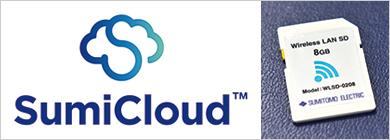
The Sumitomo Electric Group’s technical traditions are also alive in other aspects of its fusion splicers, as well as in the technology used for seeing. A major mission the Group is working on to continue these traditions is human resource development.
“Fusion splicers have improved in terms of ease of assembly, with improvements made in product design and the production process in comparison with the early development stage. However, some important processes still require the skills of experts. To deliver the world’s best-quality fusion splicers to our customers, it is important to hand down years of experience and expertise from our Predecessors,” says Toriumi.
Addressing accelerating market needs is an urgent challenge. Accordingly, it is necessary to reduce lead time, and to that end, the time required for human resource development drawing on traditions is important. The Sumitomo Electric Group has boldly met this apparently contradictory challenge with positive achievements. The following sections explore the underlying secret behind this success.

NEXT
Production Frameworks and Flawless After-sales Follow-ups
Developing human resources to meet user expectations
Registration of public notification
If you register your e-mail address, we will notify you when the latest issue is published. If you wish, please register from the registration form.
To delete your registration, please visit here.
